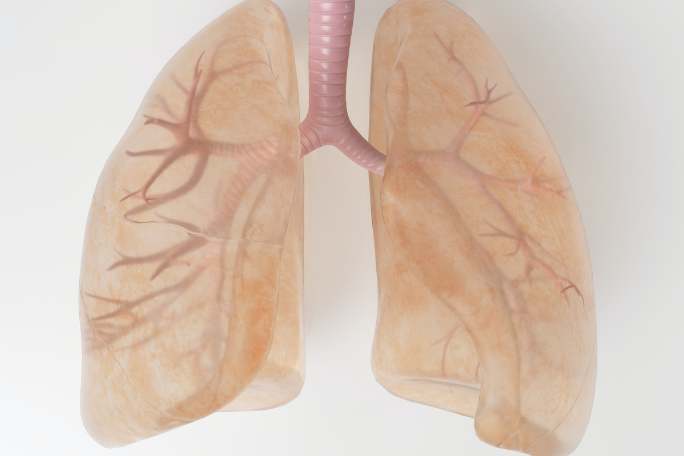Lesson summary
Students consider the benefits and challenges associated with reducing carbon emissions through carbon capture technologies. They design a solution that captures and safely stores carbon emissions from the atmosphere.
Learning intentions:
Students will...
- demonstrate ways in which net-zero carbon emissions (and beyond) can be reached by 2050.
Success criteria:
Students can...
- design a solution for recovering CO2 from Earth's atmosphere and processing the recovered material by drawing on knowledge of molecules and current research in this area (Year 8)
- demonstrate an understanding of the atomic nature of carbon dioxide by designing a solution for recovering CO2 from Earth's atmosphere and processing the recovered material (Years 9 & 10).
Lesson guides and printables
Lesson details
Curriculum mapping
Australian Curriculum content descriptions:
Year 8 Science:
- Differences between elements, compounds and mixtures can be described at a particle level (ACSSU152)
- Solutions to contemporary issues that are found using science and technology, may impact on other areas of society and may involve ethical considerations (ACSHE135)
Relevant parts of the Year 8 English achievement standards: Students compare physical and chemical changes and use the particle model to explain and predict the properties and behaviours of substances. They explain how evidence has led to an improved understanding of a scientific idea and describe situations in which scientists collaborated to generate solutions to contemporary problems. They reflect on the implications of these solutions for different groups in society
Year 9 Science:
- All matter is made of atoms that are composed of protons, neutrons and electrons; natural radioactivity arises from the decay of nuclei in atoms (ACSSU177)
- Chemical reactions involve rearranging atoms to form new substances; during a chemical reaction mass is not created or destroyed (ACSSU178)
- Values and needs of contemporary society can influence the focus of scientific research (ACSHE228)
Relevant parts of Year 9 Science achievement standards: Students explain chemical processes and natural radioactivity in terms of atoms and energy transfers and describe examples of important chemical reactions. They analyse how biological systems function and respond to external changes with reference to interdependencies, energy transfers and flows of matter. They describe social and technological factors that have influenced scientific developments and predict how future applications of science and technology may affect people’s lives
Year 10 Science:
- The atomic structure and properties of elements are used to organise them in the Periodic Table (ACSSU186)
- Different types of chemical reactions are used to produce a range of products and can occur at different rates (ACSSU187)
- Global systems, including the carbon cycle, rely on interactions involving the biosphere, lithosphere, hydrosphere and atmosphere (ACSSU189)
- Values and needs of contemporary society can influence the focus of scientific research (ACSHE230)
Relevant parts of Year 10 Science achievement standards: Students explain how chemical reactions are used to produce particular products and how different factors influence the rate of reactions. Students analyse how the models and theories they use have developed over time and discuss the factors that prompted their review
Syllabus outcomes: SC4-16CW, SC5-16CW, SC5-11PW, SC5-12ES
General capabilities: Literacy, Critical and Creative Thinking
Cross-curriculum priority: Sustainability
This lesson is part of the wider unit of work IPCC Climate Change Solutions
Level of teacher scaffolding: High – Discuss the IPCC report with students, lead students through explicit teaching about the carbon cycle and cellular respiration, and support them in independent work
Resources required
- A device capable of presenting a video to the class
- Individual devices capable of accessing the internet – one per student (optional)
- Presentation Slides
- Student Worksheet – one per student
Skills
This lesson is designed to build students’ competencies in the following skills:
- Creativity
- Critical thinking
- Digital literacy
- Enterprise
- Global citizenship
- Problem solving
Additional info
Cool would like to thank the Lord Mayor’s Charitable Foundation and The Vincent Fairfax Family Foundation for generously supporting the development of these lessons.


Welcome back!
Don't have an account yet?
Log in with:
By signing up to Cool.org you consent and agree to Cool's privacy policy to
store, manage and process your personal information. To read more, please see
our privacy policy here(Opens in new tab).
Create your free Cool.org account.
Many of our resources are free, with an option to upgrade to Cool+ for premium content.
Already have an account?
Sign up with:
By signing up to Cool.org you consent and agree to Cool's privacy policy to
store, manage and process your personal information. To read more, please see
our privacy policy here(Opens in new tab).